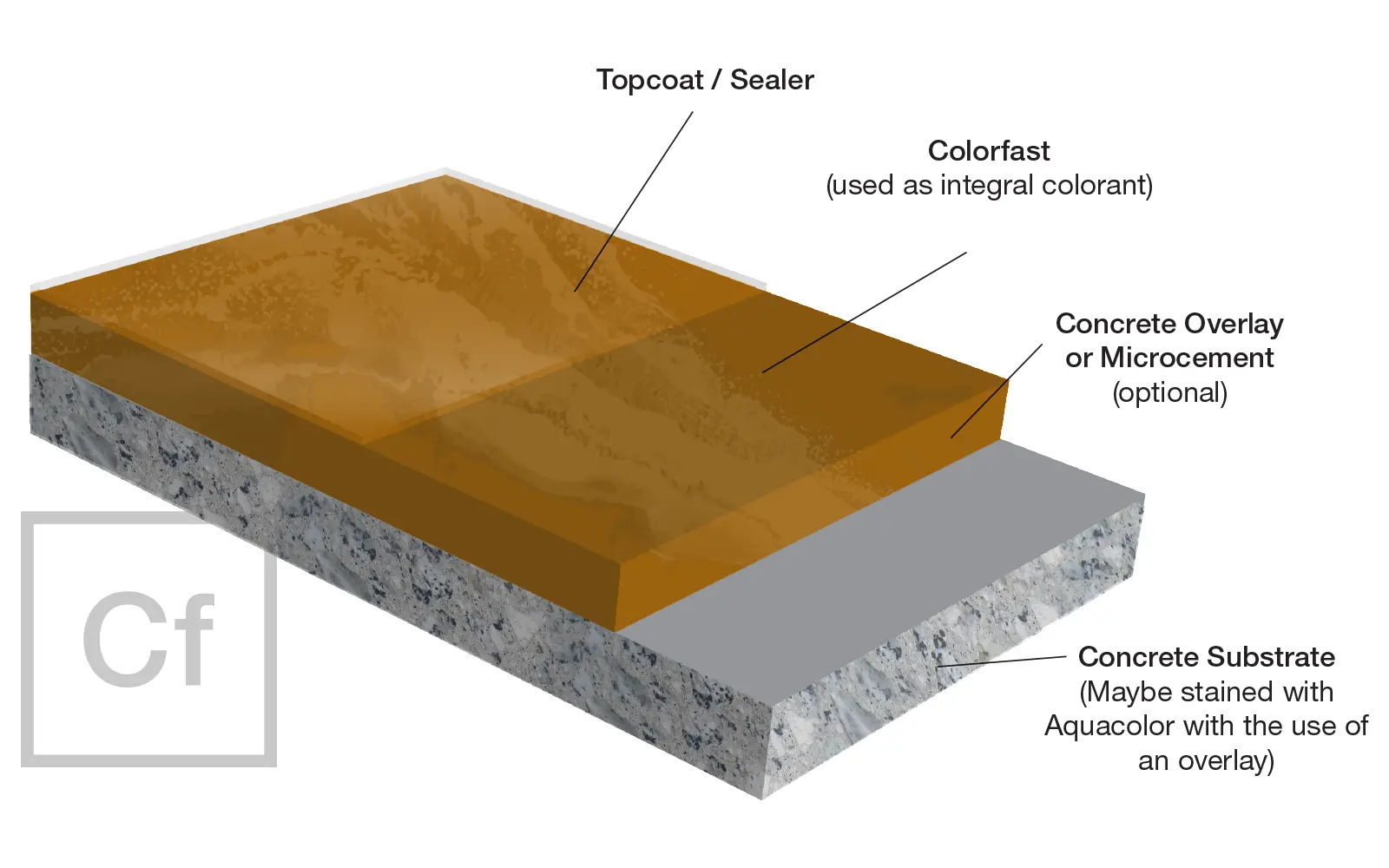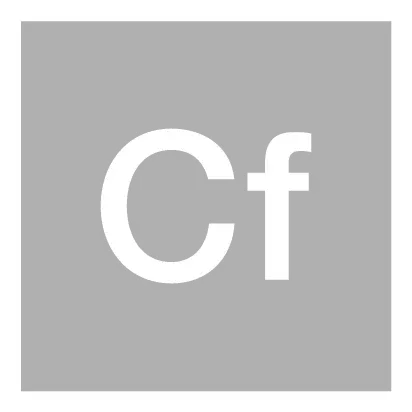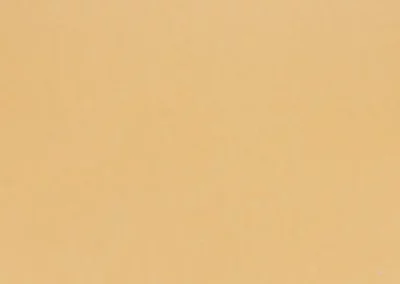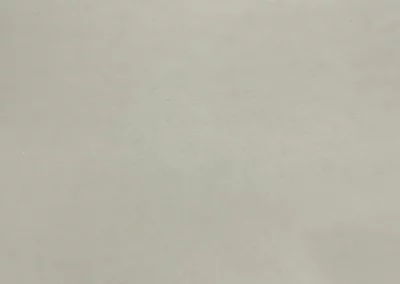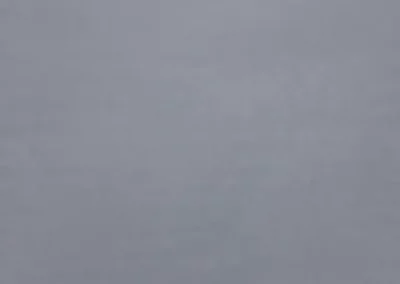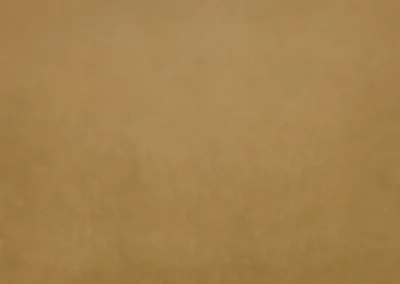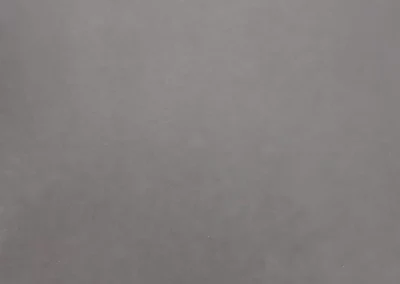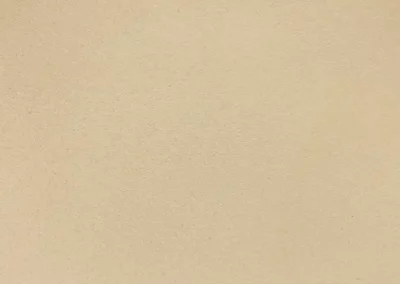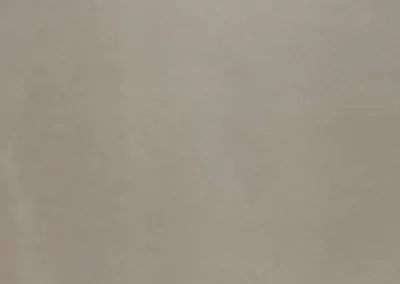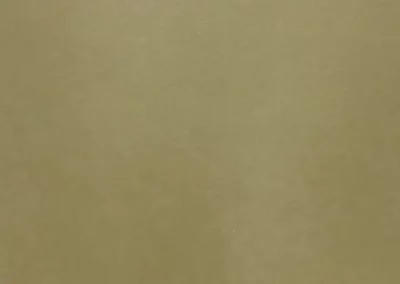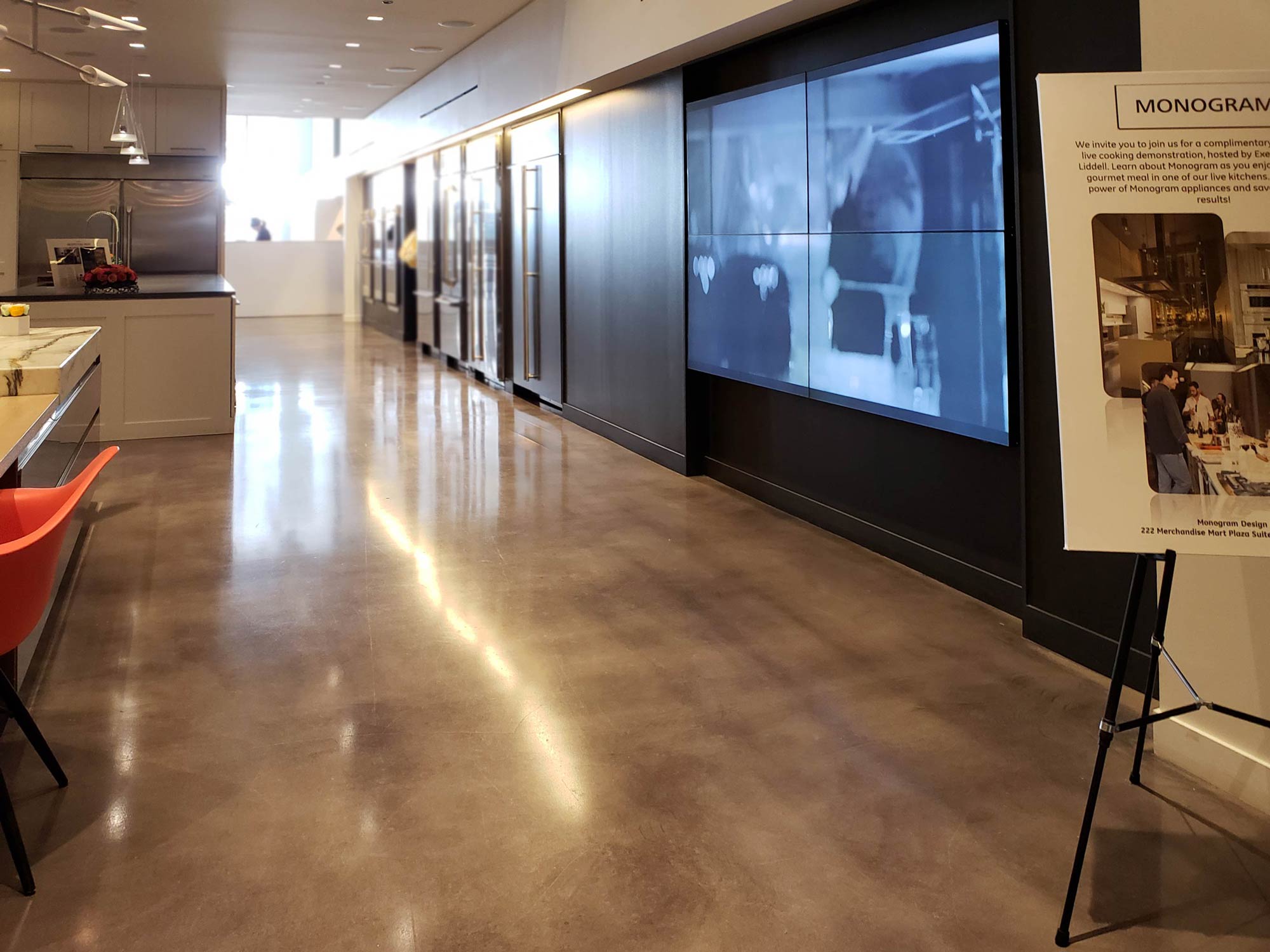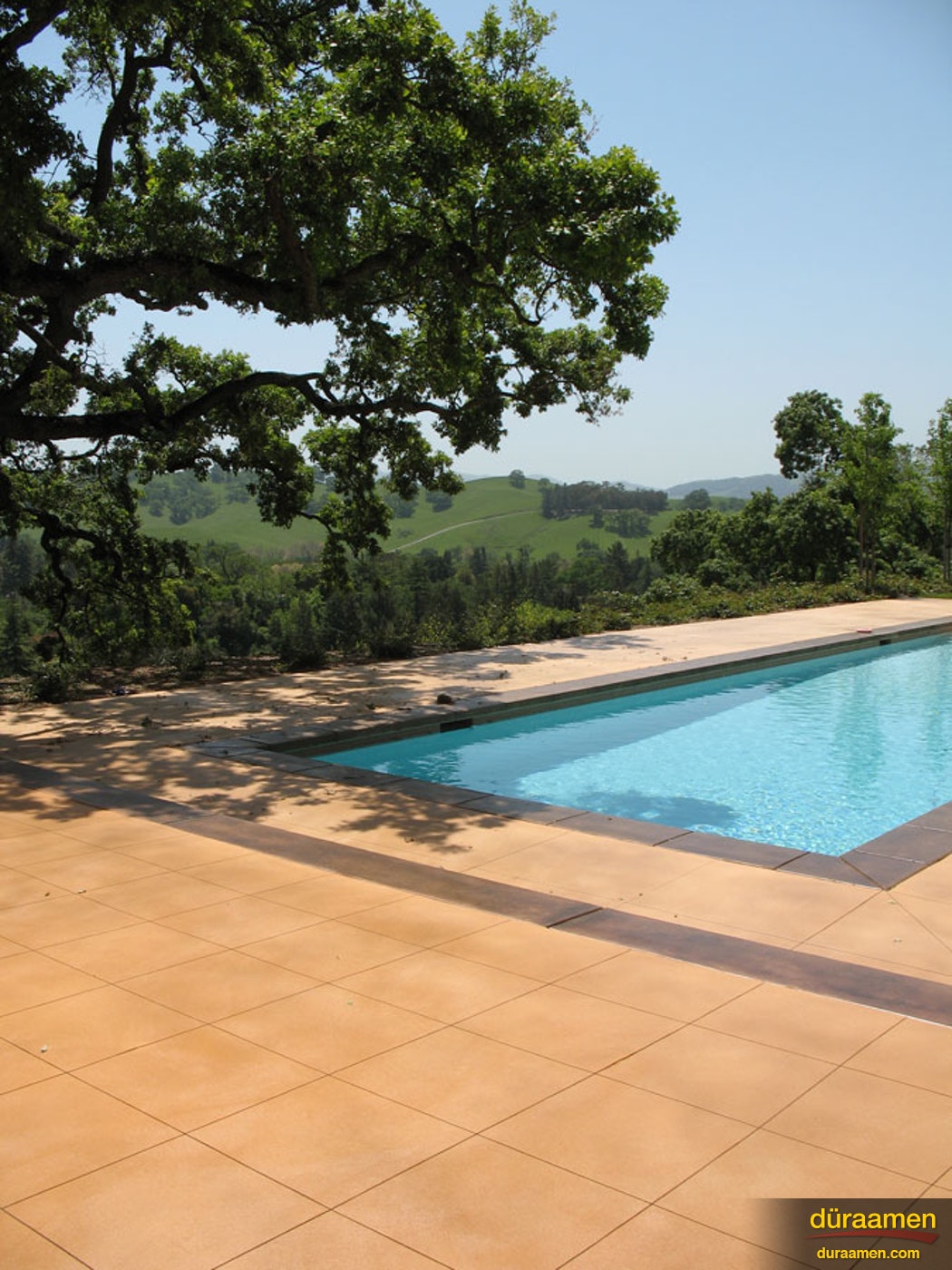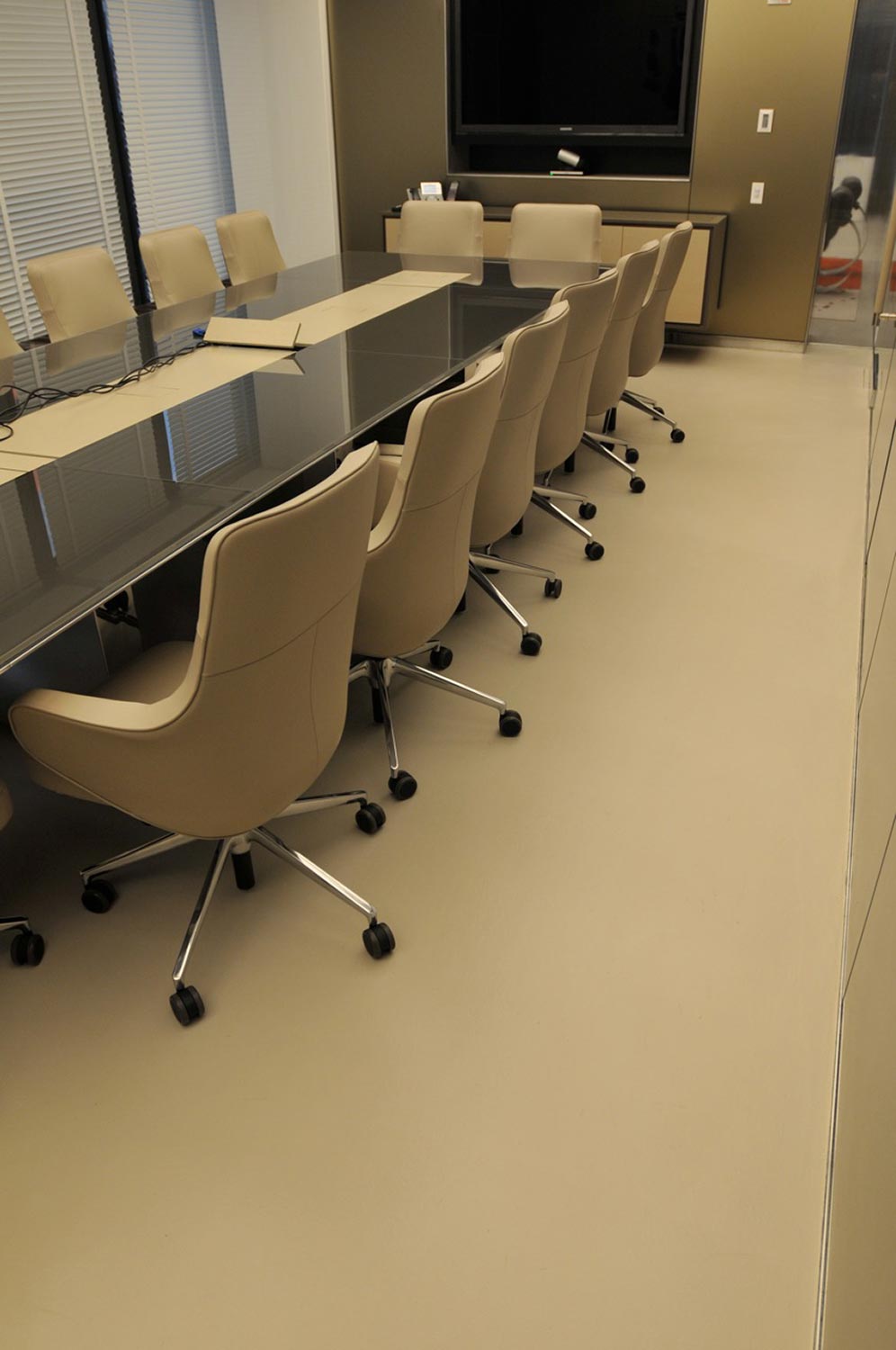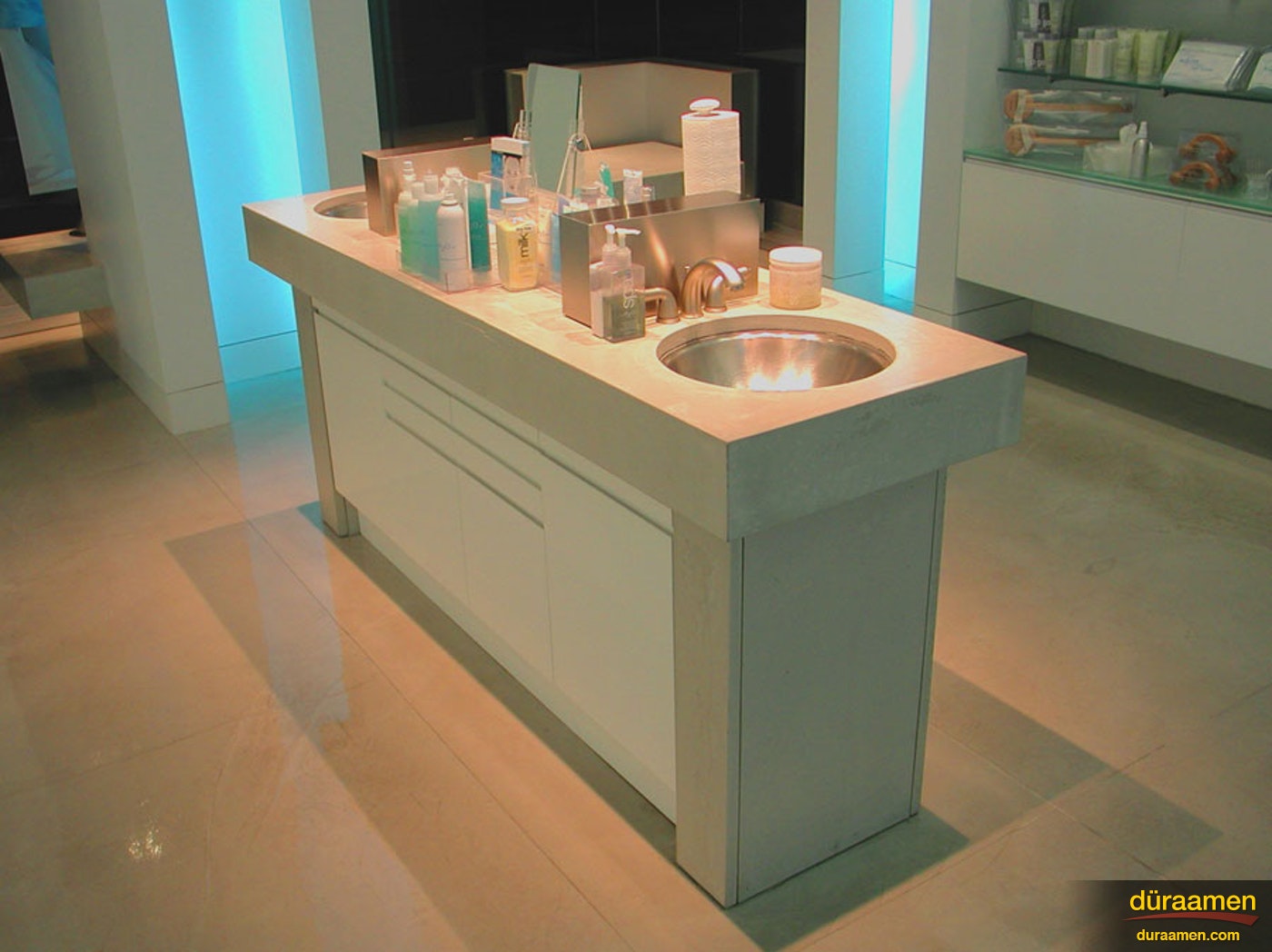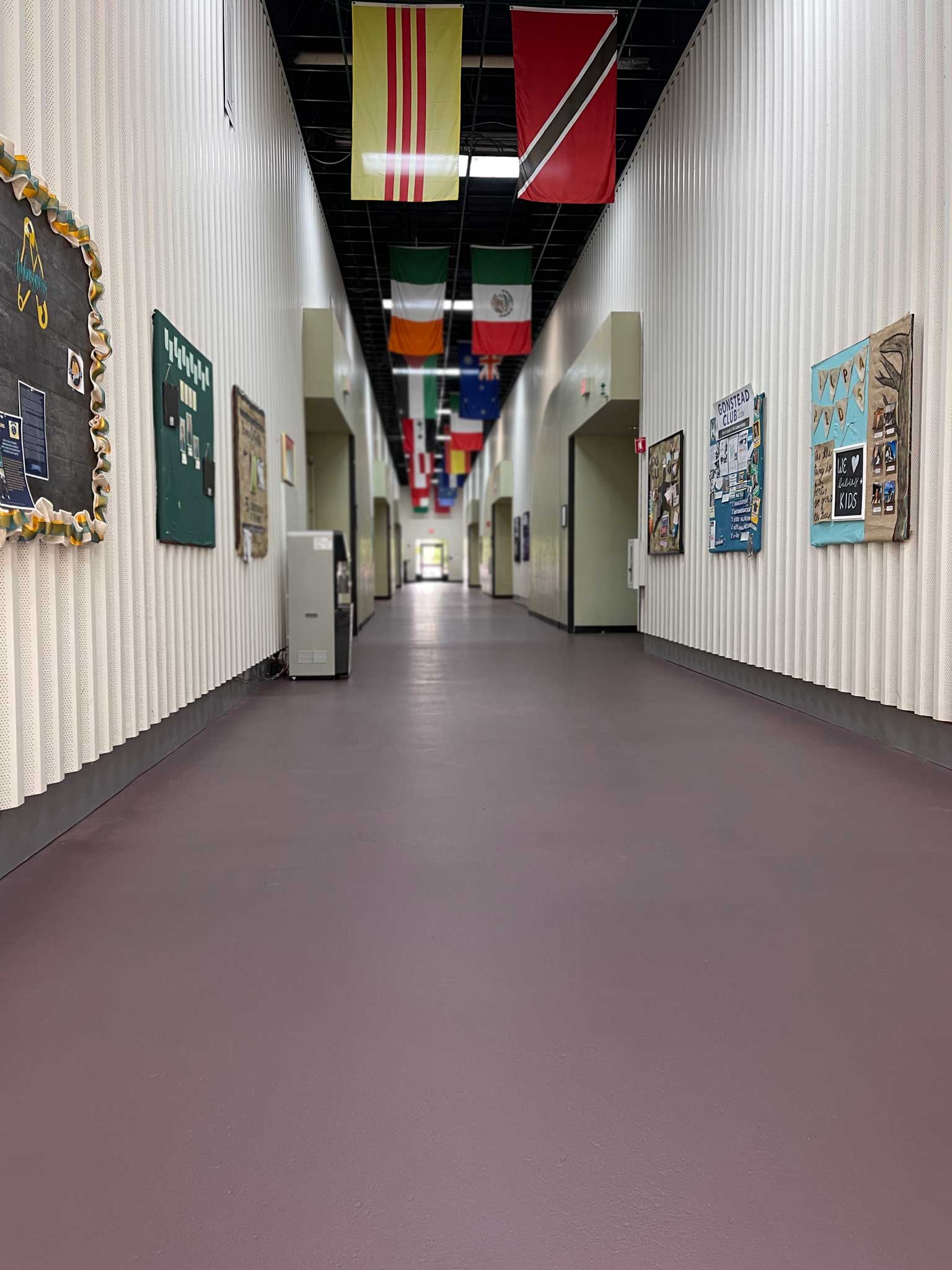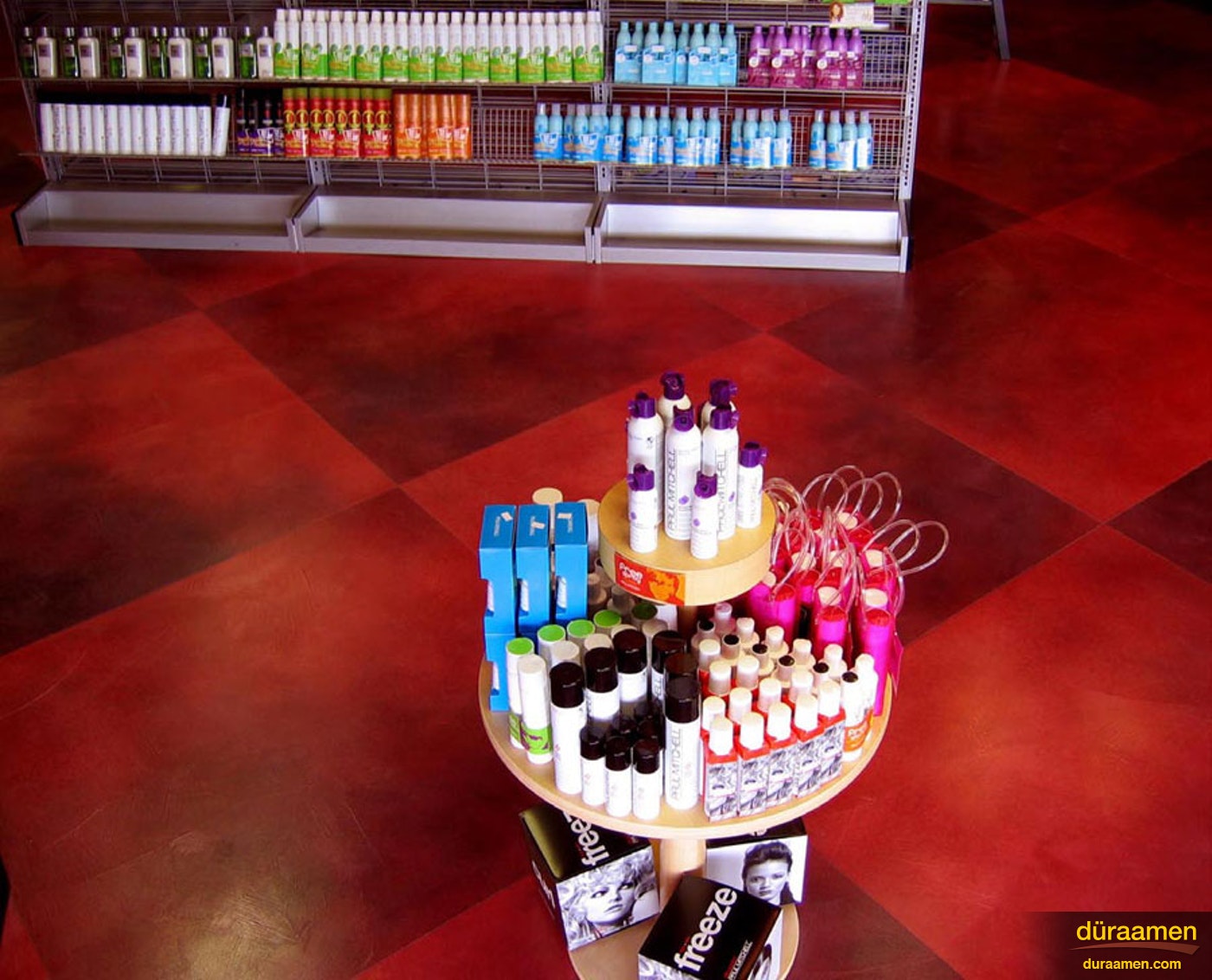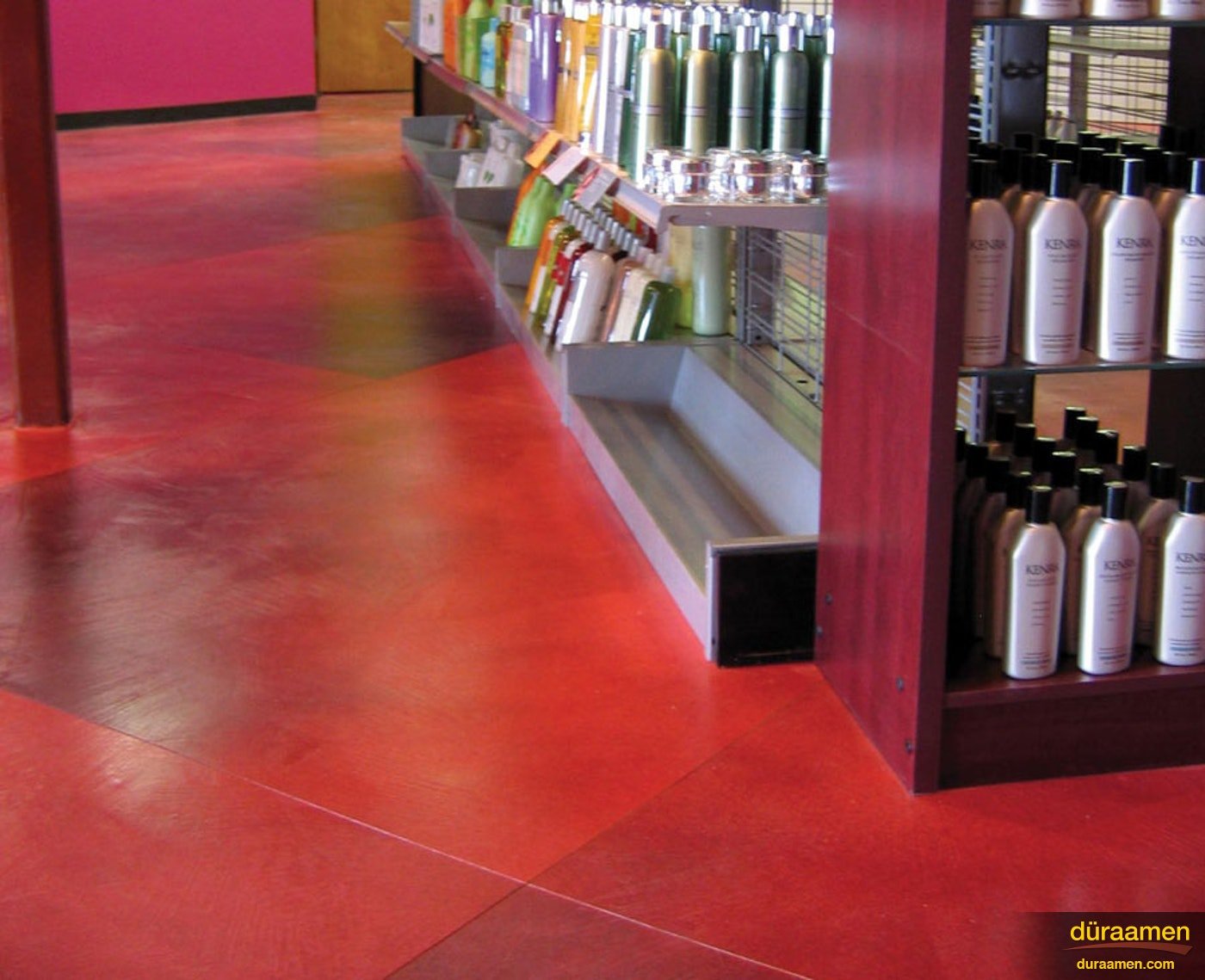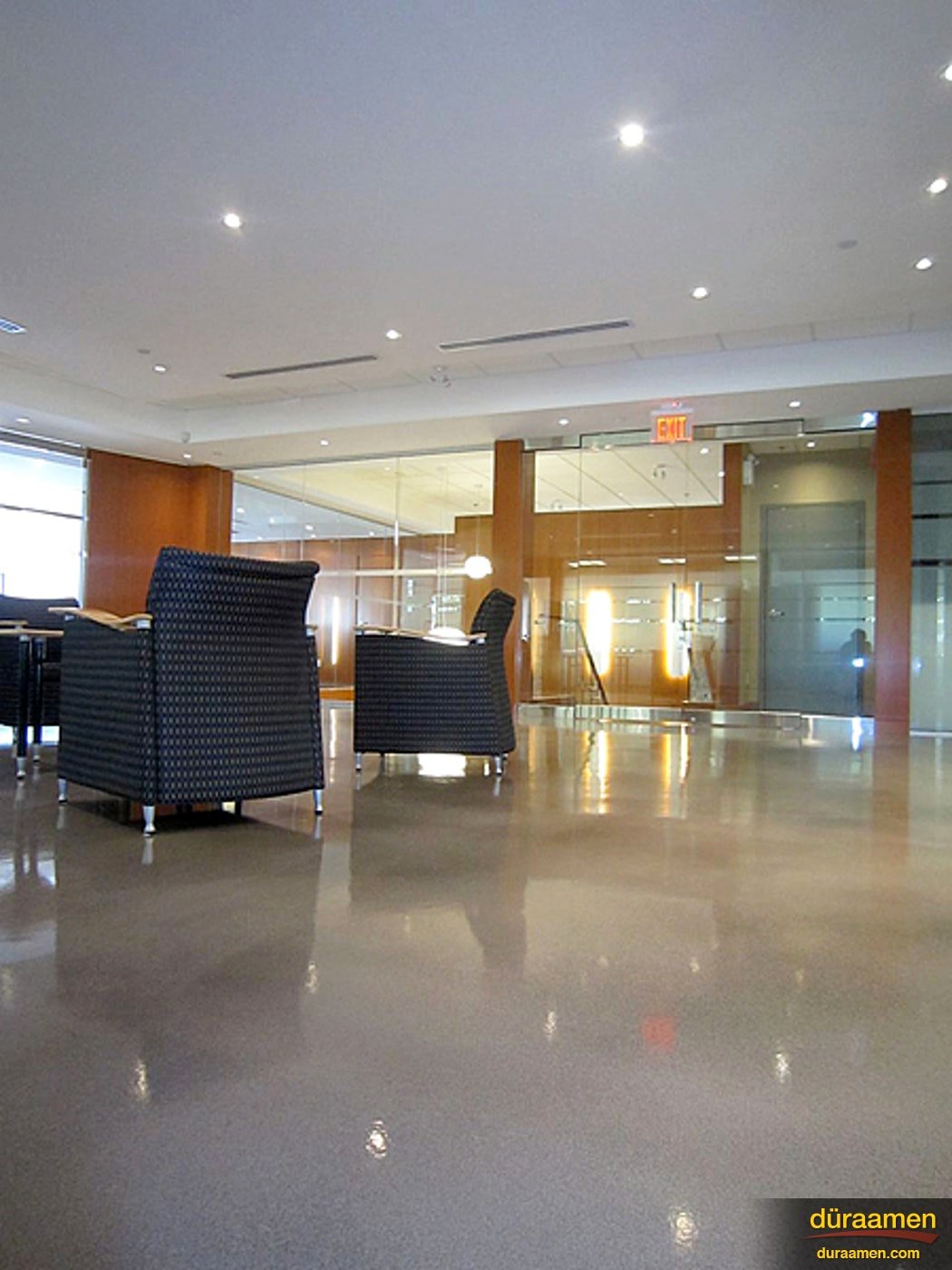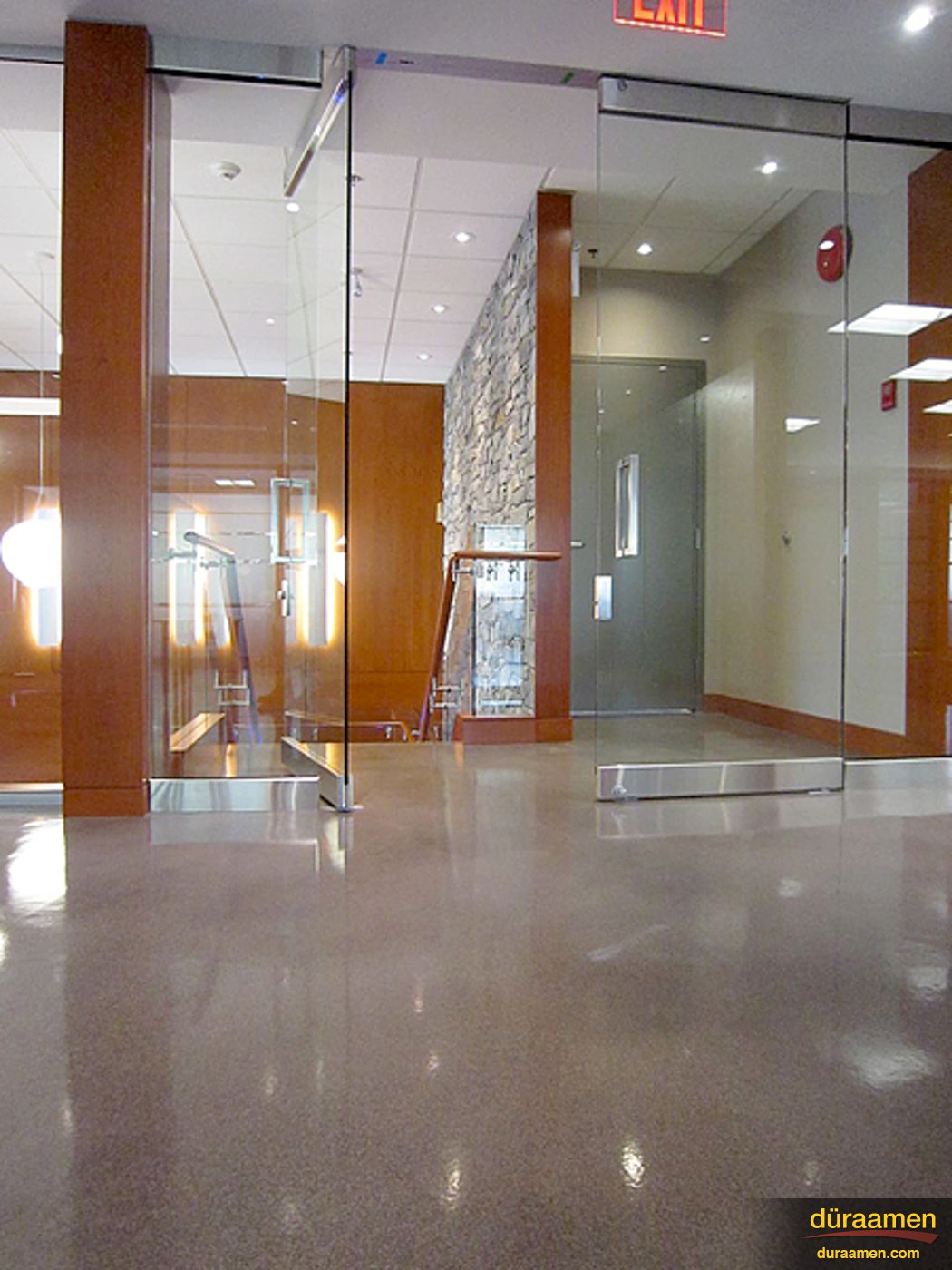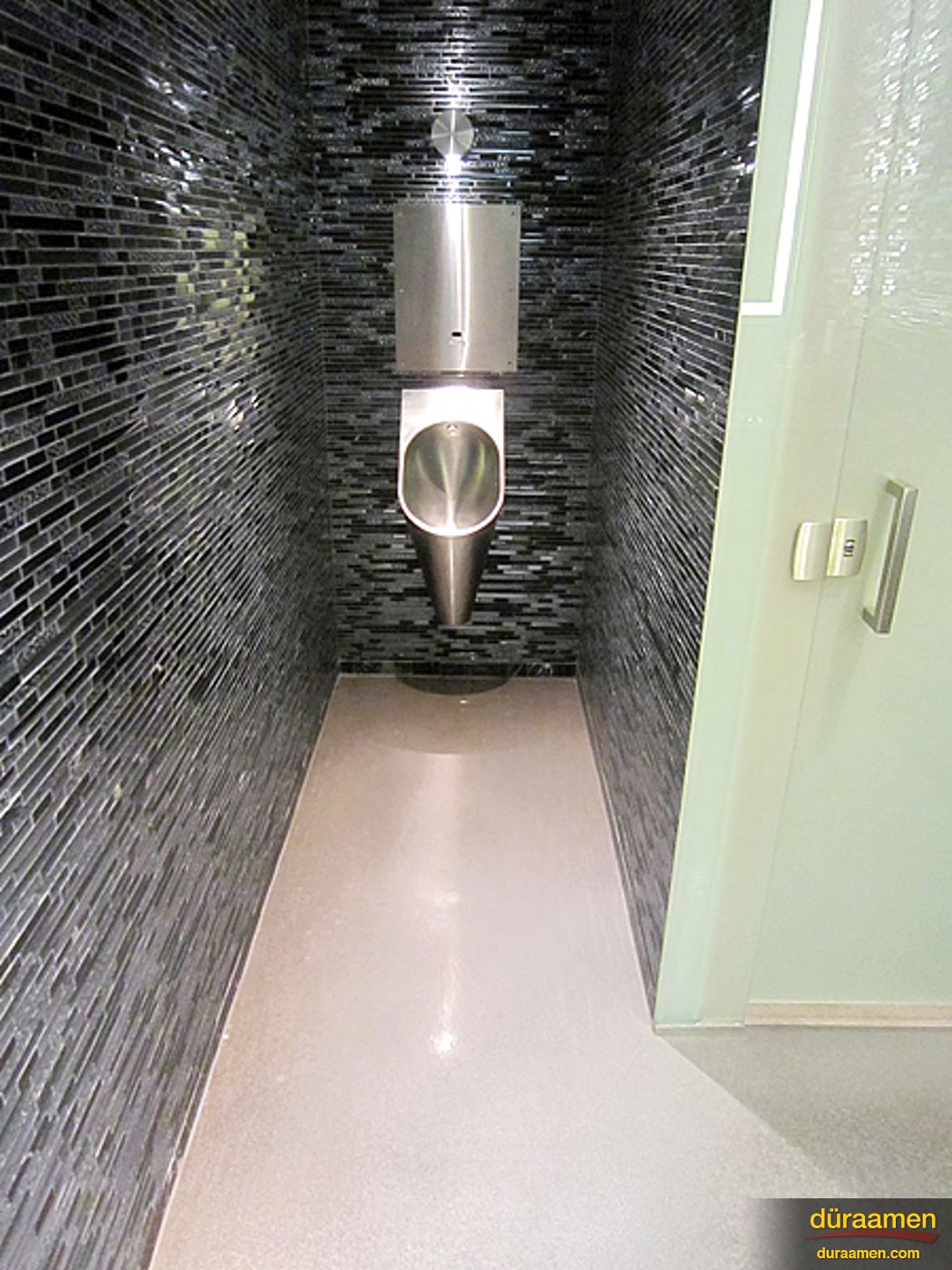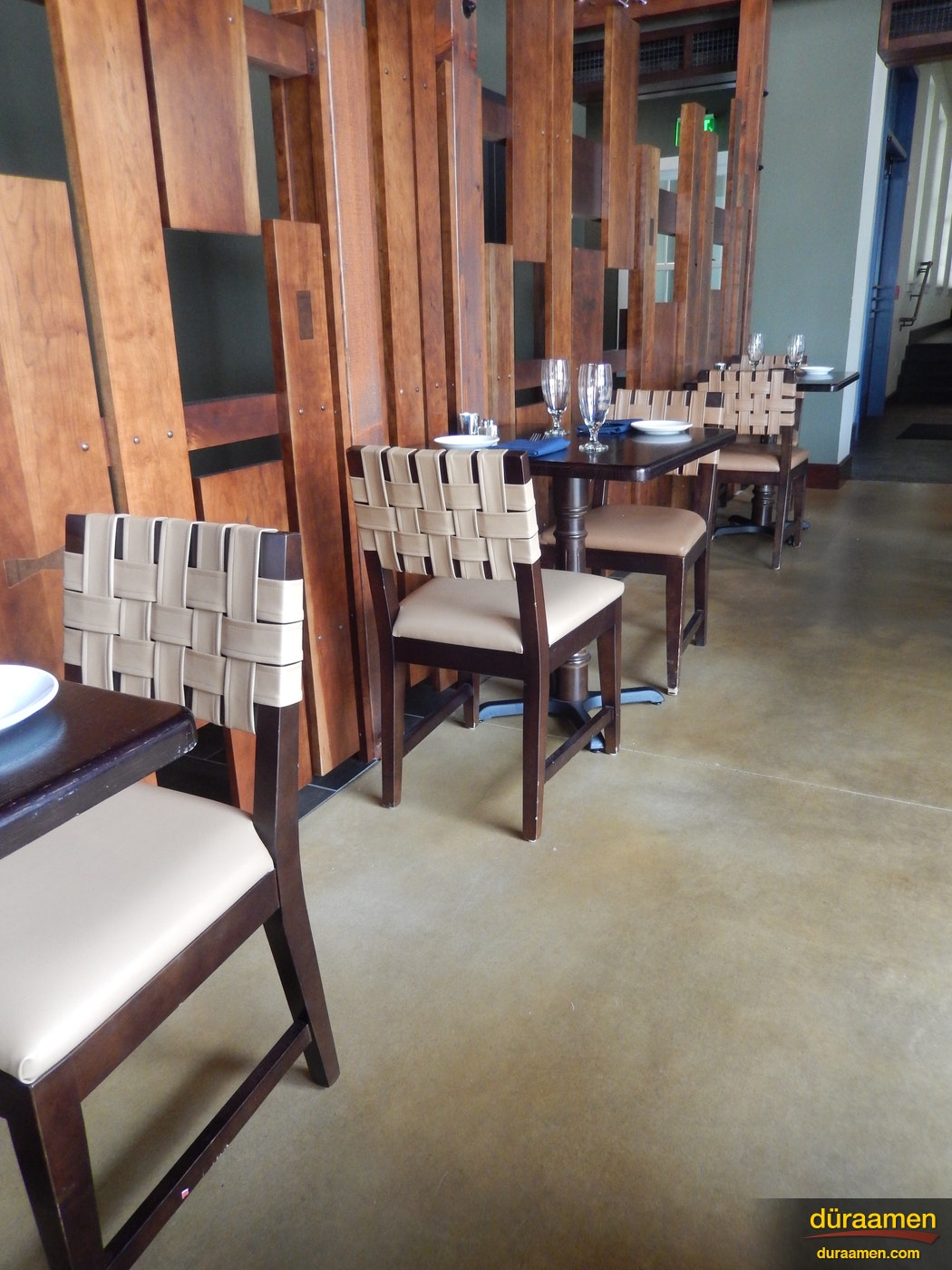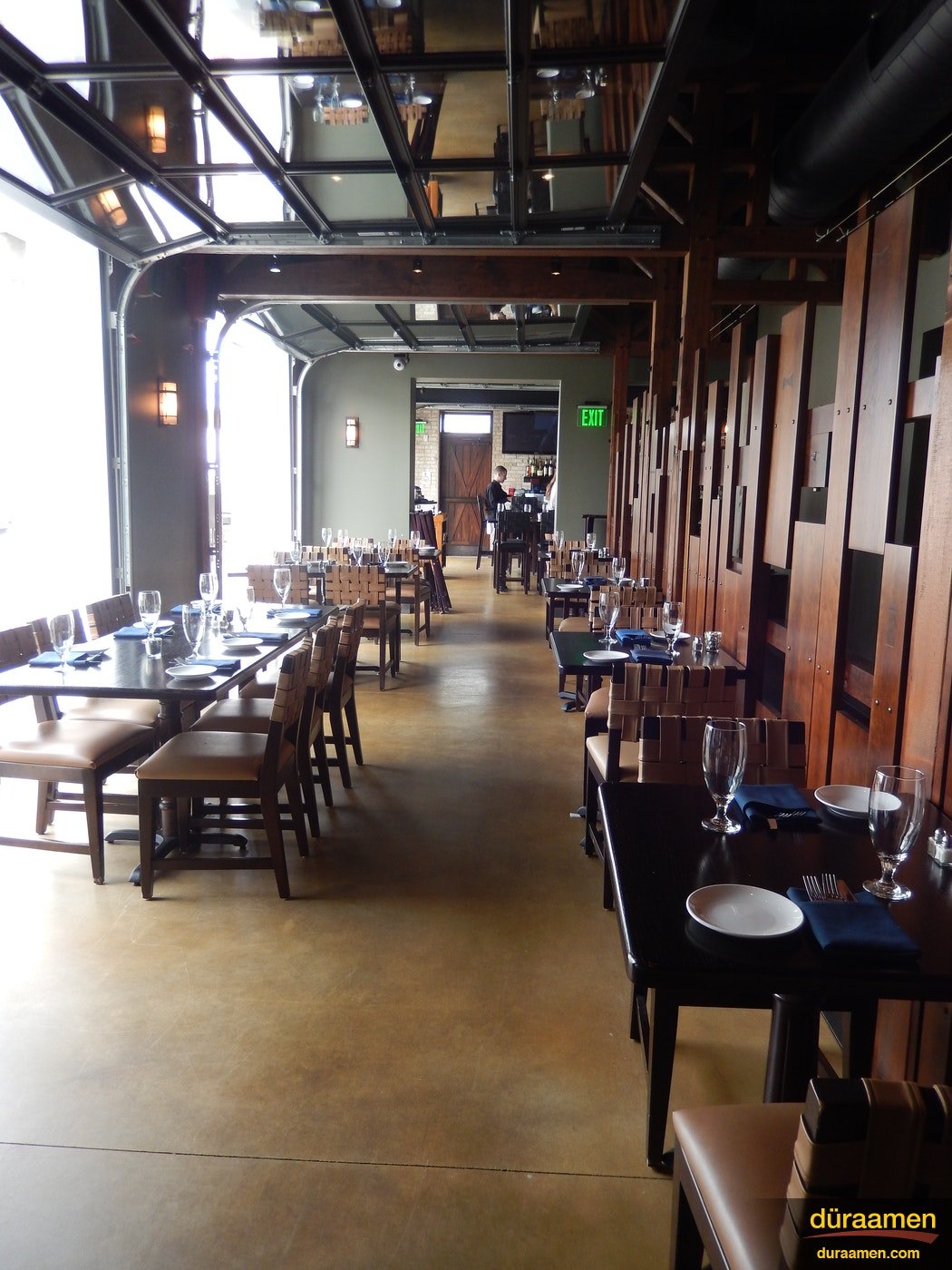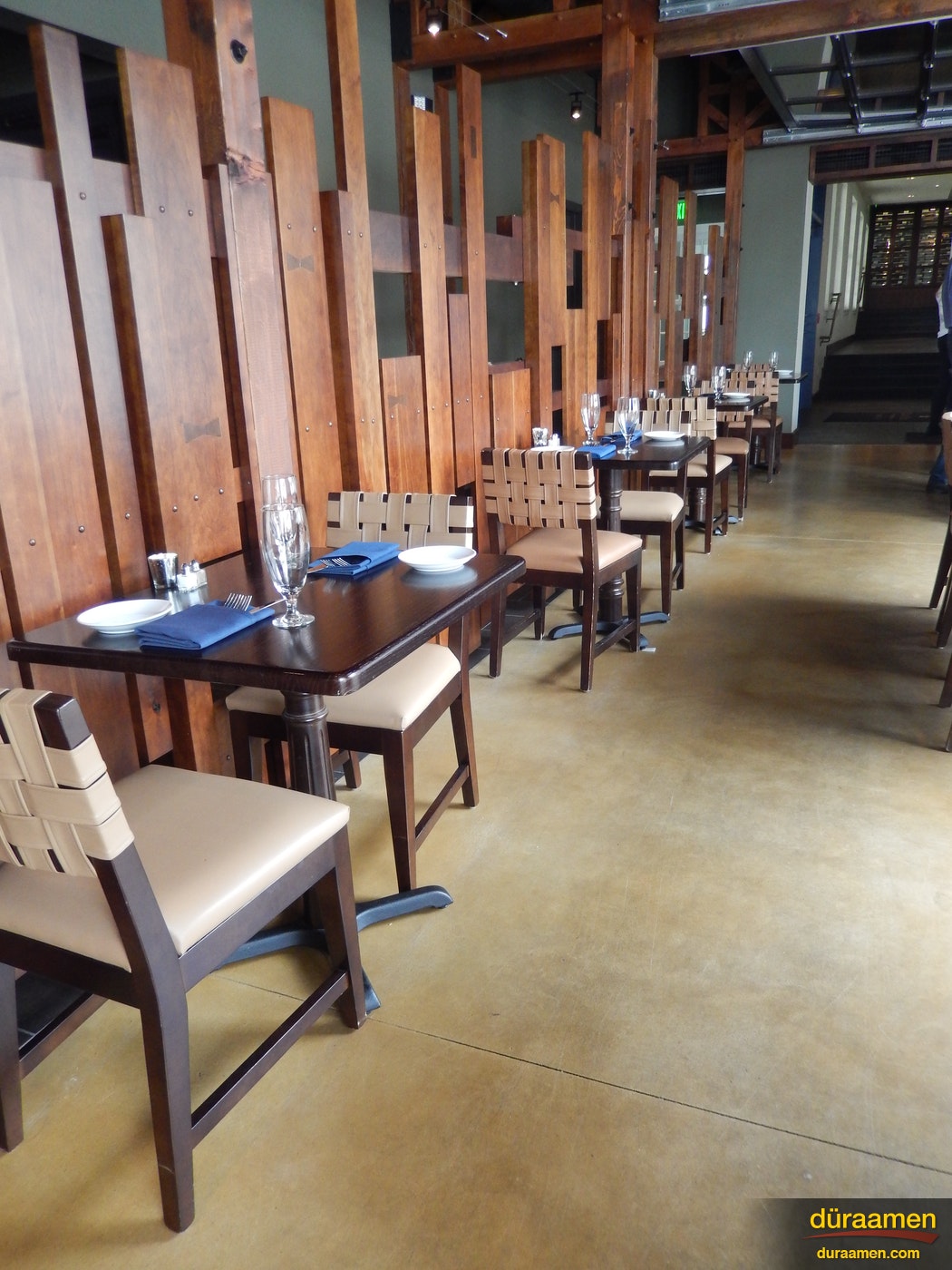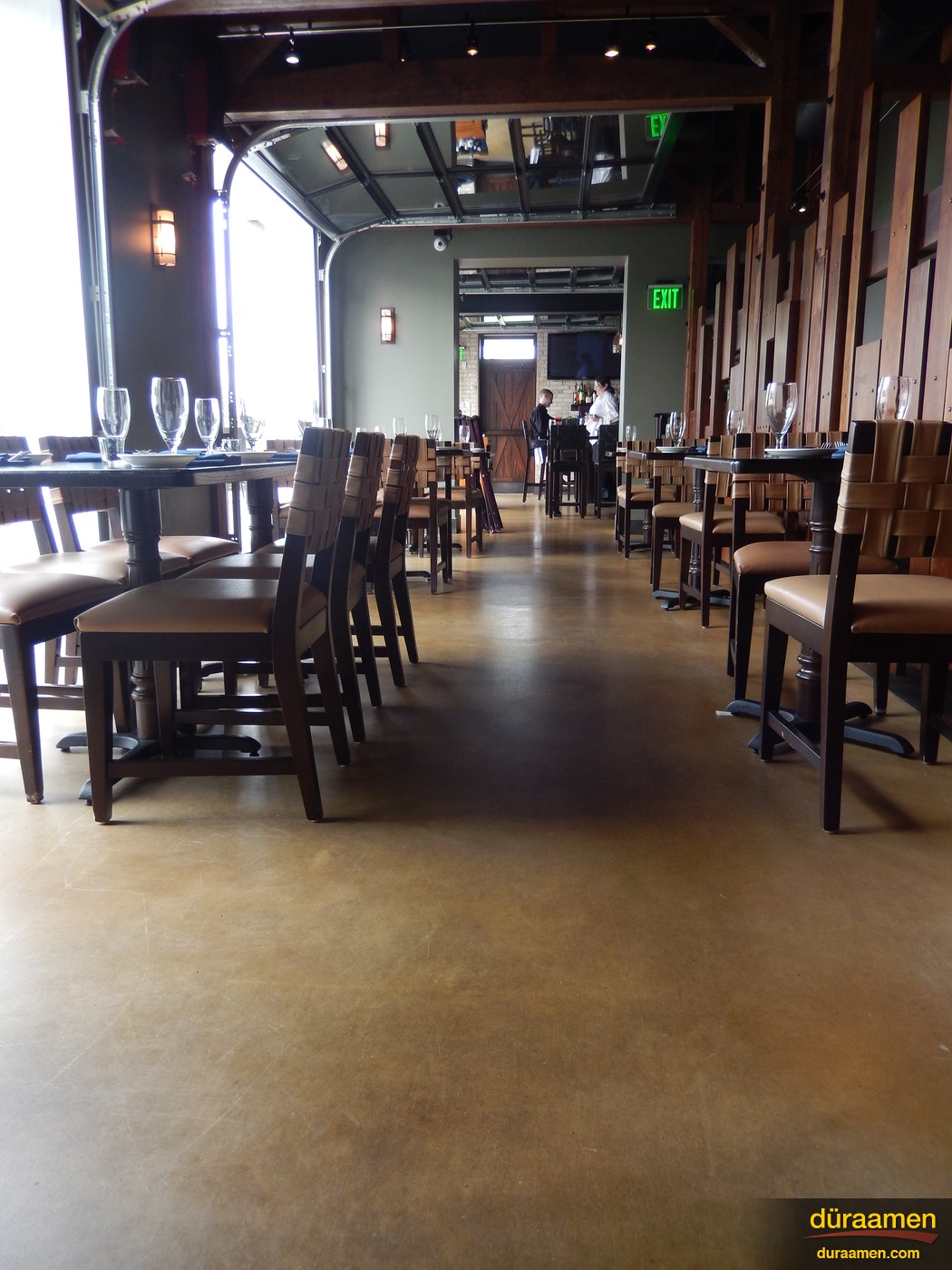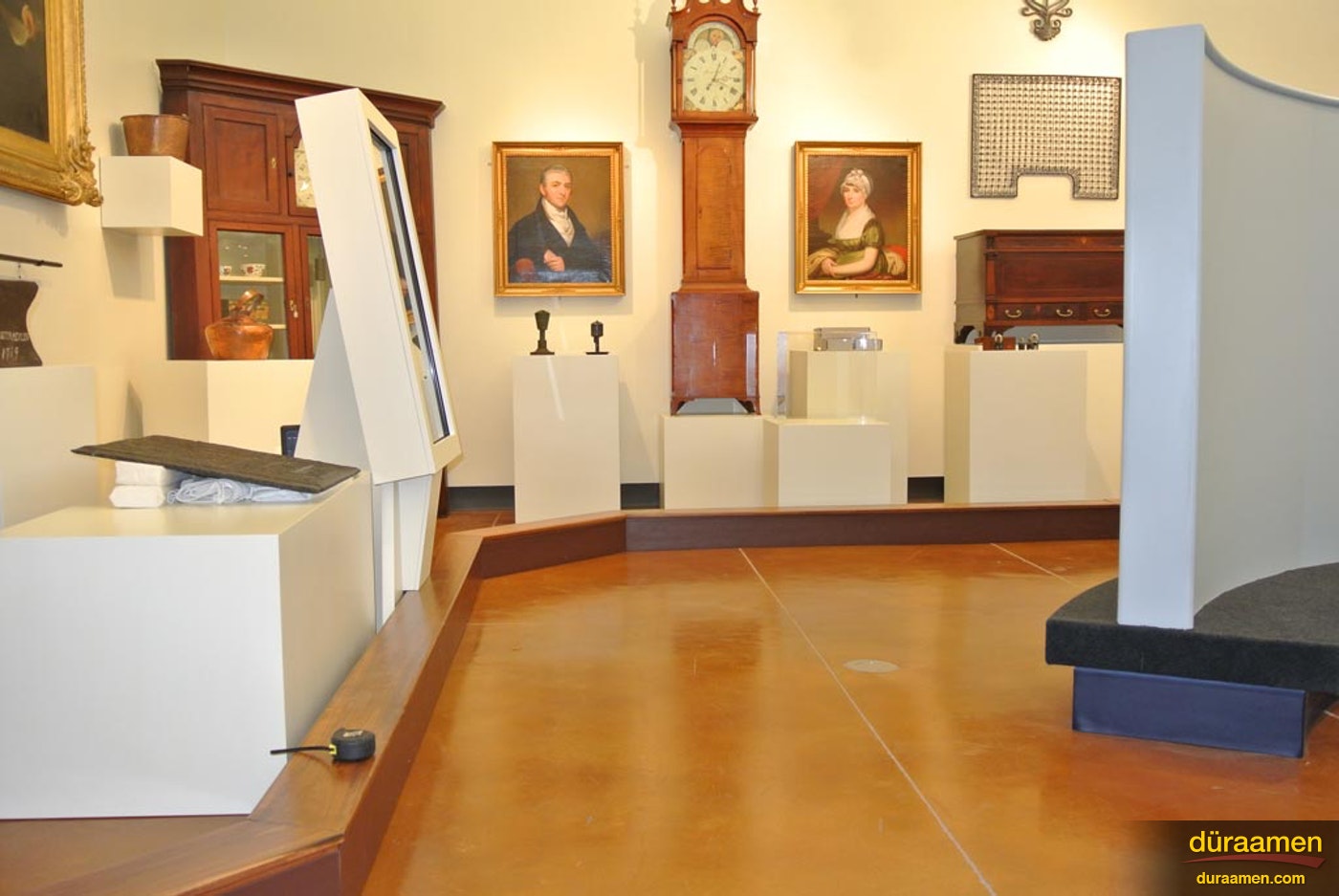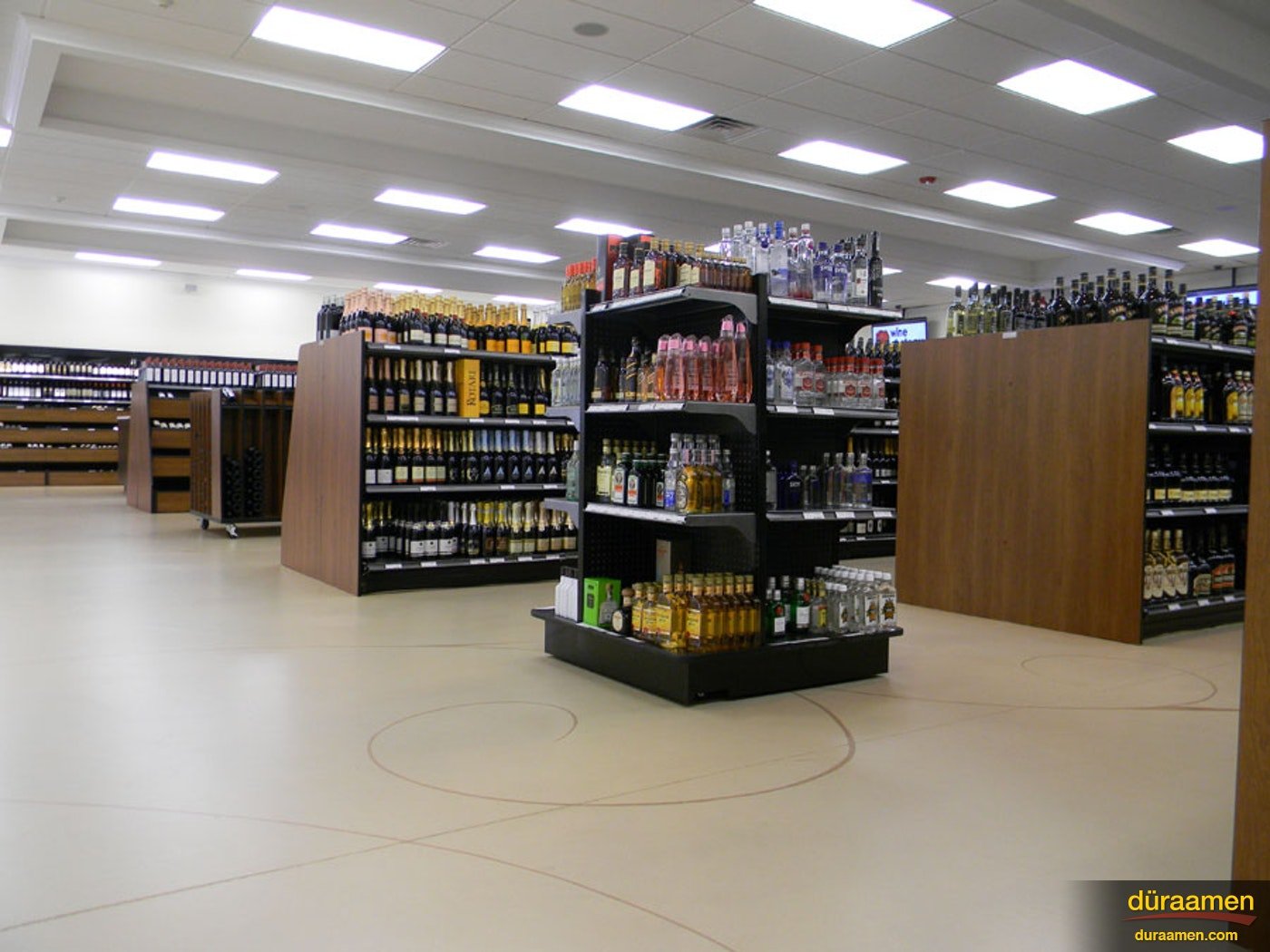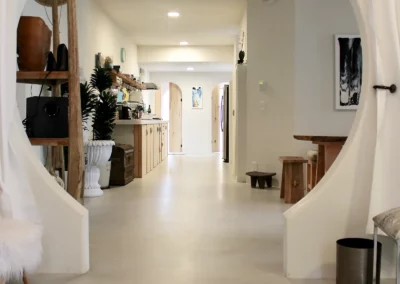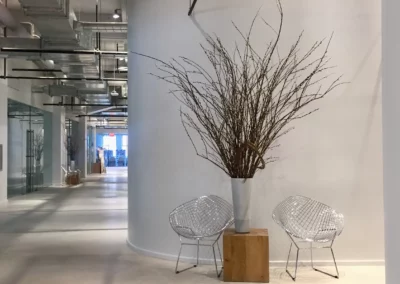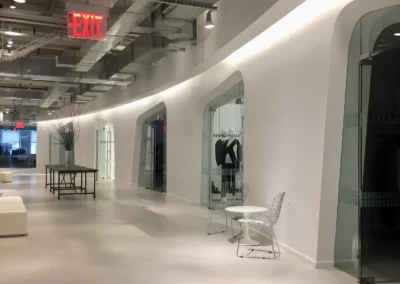Vibrant, Integral Concrete Colorant for Microcements, Overlays and Concrete.
Colorfast integral concrete colorant is a ready-to-use, finely ground blend of synthetic iron oxide pigments and admixtures designed for integrally coloring cementitious overlays, microtoppings, and microcements. It isa professional grade product that is available in a wide range of colors. Artisans use colorfast to create solid colors and blended organic pigments for designer floors.
Colorfast is also widely used in concrete countertops both as an integral coloring system and broadcast coloring system to create natural variegated-marbleized visual effects.
Colorfast is sold as a stand alone product or as part of many of the floor systems duraamen provides.
Duraamen’s floor systems provides professional contractors and artisans the professional quality tools for installing nearly any kind of concrete designer flooring or floor coating.
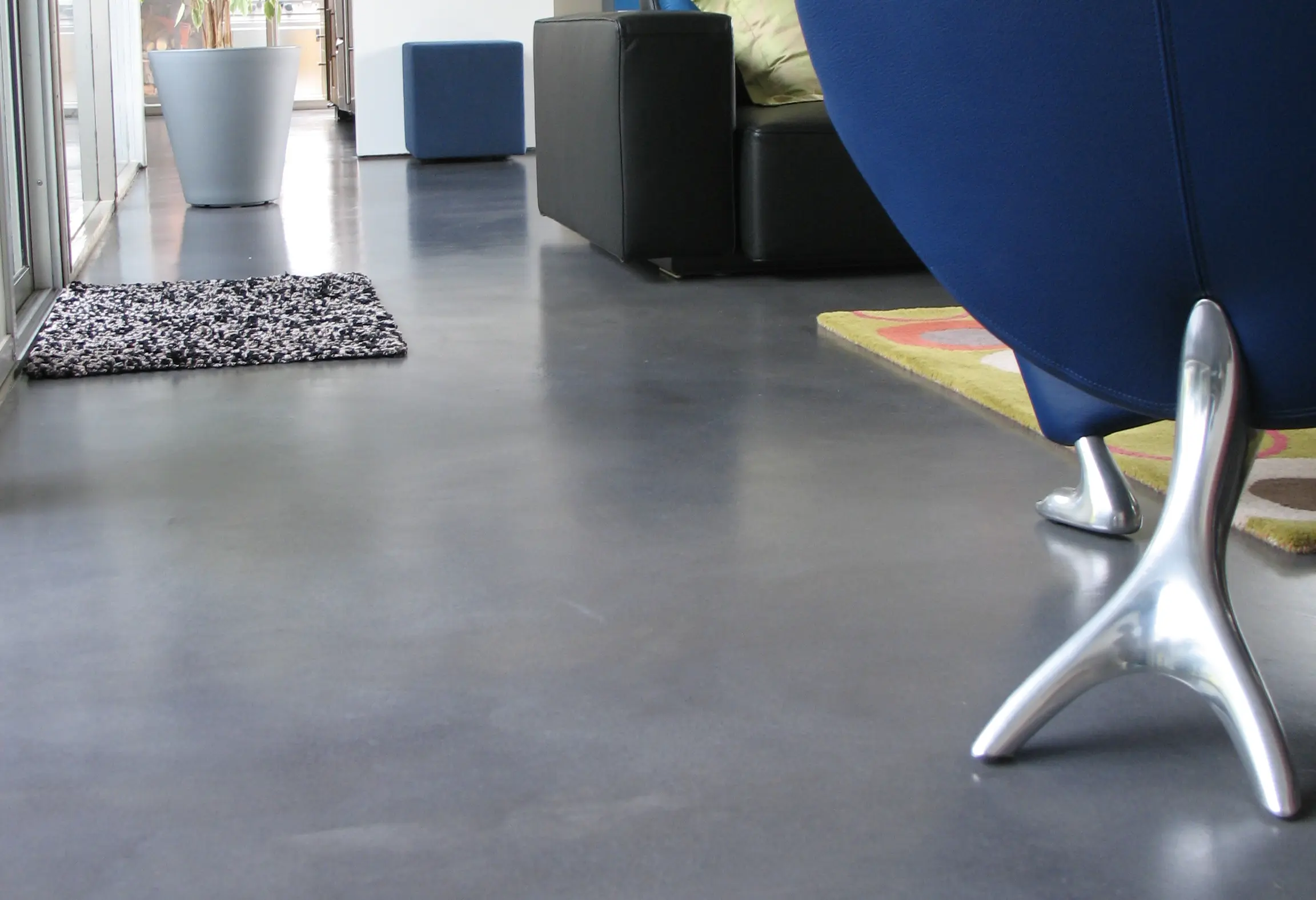
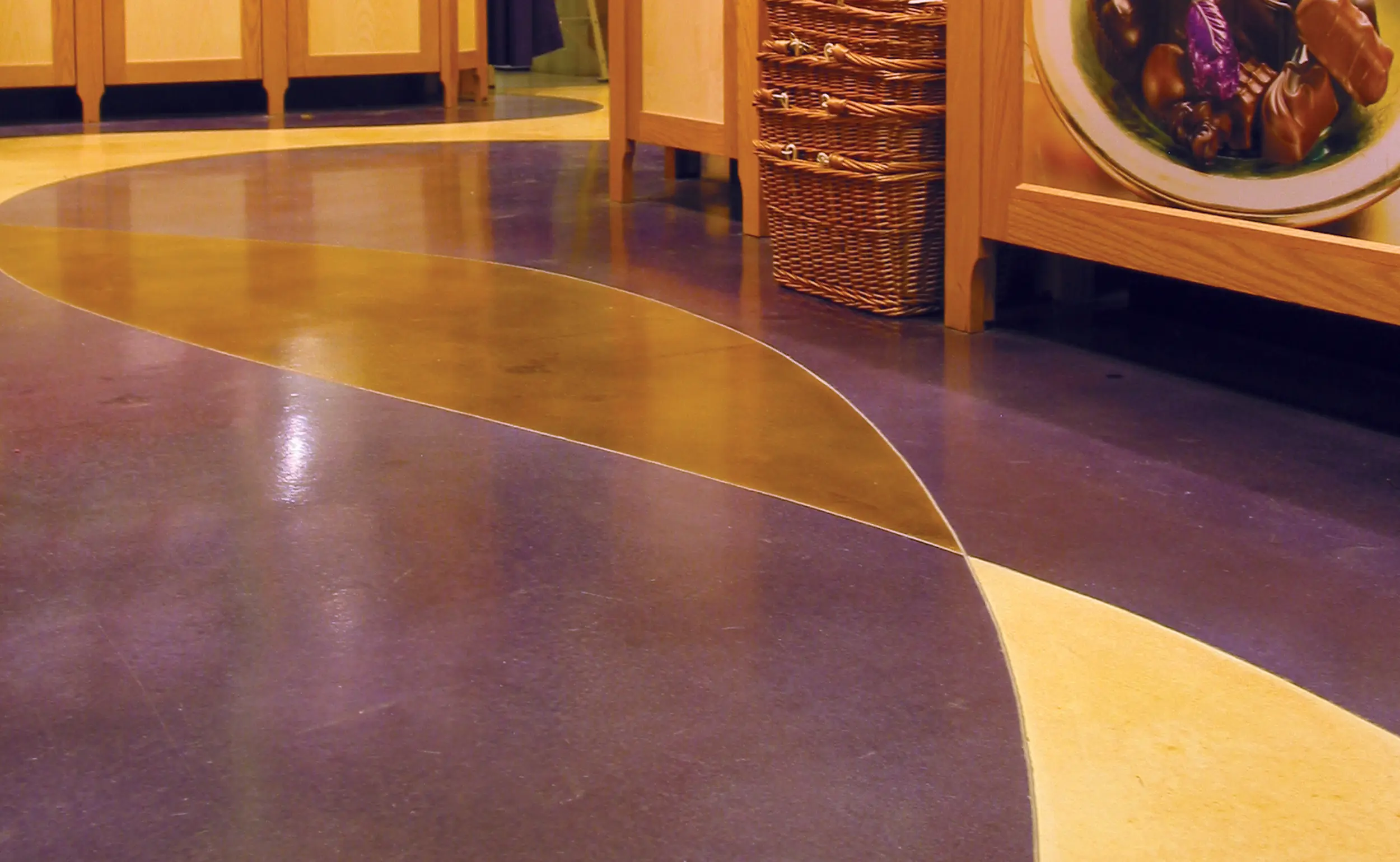
Features
- Superior wet-ability, alkali resistance, and curing stability
- Available in 34 standard colors – it can be blended to create unlimited coloring options
- Flexibility in depth and tone of color
- Excellent UV resistance
- Packaged in user-friendly 10lb pails
Integral Color
When using Colorfast always disperse pigments in the activator (Cp1000) prior to adding the cementitious powder. This process will allow for greater color consistency.
Shake-on Coloring
Once perfected by the installer the shake-on coloring process allows for a more dramatic variegation in color shading. This is achieved simply by shaking on and troweling small amounts of dry pigment into the wet mix. It is always advisable to include large mock-ups for this coloring technique prior to proceeding with the project.
